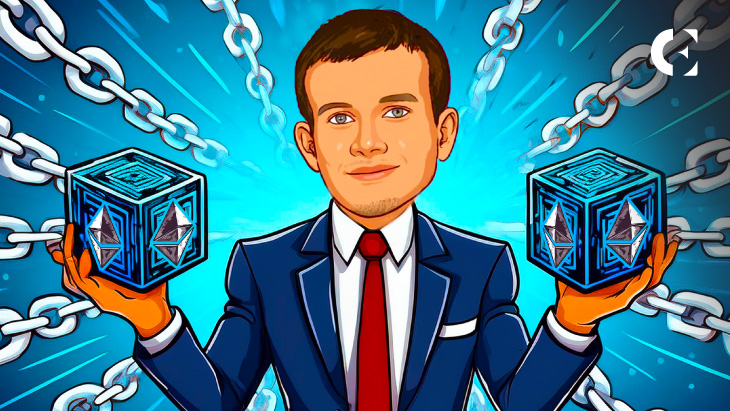- Russo criticizes Ethereum’s multi-chain usability, urging seamless cross-L2 operability improvements.
- Buterin proposes standardized addresses and cross-chain payment protocols for a smoother L2 experience.
- Buterin stresses the importance of light clients, keystore wallets, and EVM upgrades for Ethereum’s future.
Ethereum’s user experience on layer-2 networks has come under scrutiny. Camila Russo highlighted the challenges with cross-L2 operability on X, prompting a response from Ethereum co-founder Vitalik Buterin.
Russo pointed out that transacting across L2 networks is challenging and painful for seasoned crypto users. She argued that while Ethereum’s multi-chain structure promises flexibility, it remains difficult for crypto users and largely inaccessible for newcomers.
Russo added that the current state of L2 experiences needs improvement, as users often interact with various L2 chains for transactions, payments, and dApps, complicating usage for individuals and businesses.
Vitalik Buterin responded to Russo’s concerns, agreeing that the current Ethereum experience needs work. He explained that there are multiple proposals to address connectivity issues across Ethereum’s L2 ecosystems.
Addressing Interoperability Challenges
One barrier in Ethereum’s multi-chain environment is the lack of standardized, chain-specific addresses. Buterin stated that L2 networks could include the chain name in wallet addresses, allowing smoother cross-chain transactions.
This would let users enter a recipient’s address, with the wallet handling bridging operations in the background. Buterin also noted the need for standardized processes for cross-chain swaps and gas payment options, simplifying trades.
Light Clients and Keystore Wallets
Buterin proposed using light clients to improve security by allowing users to verify interactions across L2 networks. With ERC-3668 (CCIP-read) in development, users will be able to verify transactions across Ethereum-based ecosystems.
Buterin also suggested keystore wallets, which would allow updates on a single chain to be recognized across multiple chains, increasing efficiency.
Read also: Vitalik Buterin Calls for Standardized Protocol to Bridge Ethereum’s Layer-2 Gap
In response to industry queries about Ethereum’s efficiency, Buterin argued that the Ethereum Virtual Machine (EVM) will remain effective without structural changes, focusing on improved precompiles such as EVM-MAX and SIMD.
Moreover, Russo noted that while technical solutions exist, implementing them requires industry-wide consensus.
Disclaimer: The information presented in this article is for informational and educational purposes only. The article does not constitute financial advice or advice of any kind. Coin Edition is not responsible for any losses incurred as a result of the utilization of content, products, or services mentioned. Readers are advised to exercise caution before taking any action related to the company.







